1. City Foxes: Thriving in Urban Jungles
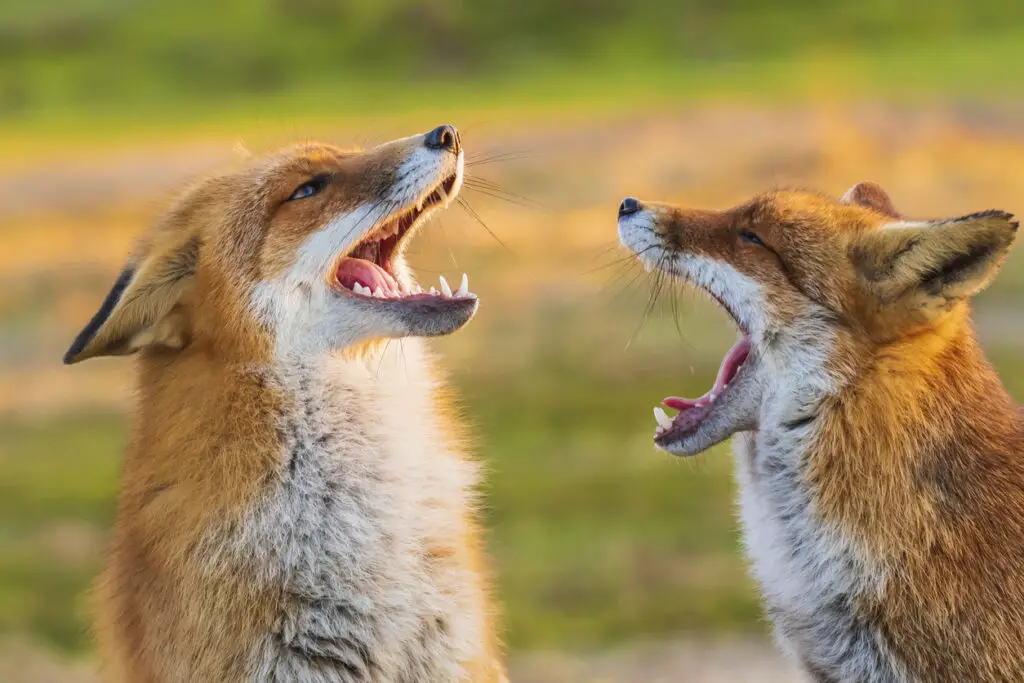
Foxes have become masters of urban life, learning to thrive in environments they would have avoided just a few generations ago. According to BBC Wildlife, once shy forest dwellers, city foxes are now a common sight in parks, neighborhoods, and even bustling city centers. They’ve adapted to feed on scraps of human food, scavenging from bins and making meals out of what they find on the streets. Their ability to use man-made structures, like tunnels and abandoned buildings, as shelter demonstrates their resourcefulness.
Interestingly, some foxes have even been observed mastering the use of crosswalks, waiting for traffic lights to change before safely crossing roads. They’re also adjusting their daily routines, becoming more nocturnal to avoid humans and peak urban activity. This flexibility is helping foxes not only survive but thrive in environments filled with potential threats. Their adaptability is a testament to how animals can adjust their behavior to overcome the challenges of a rapidly urbanizing world.
2. Polar Bears: Navigating a Melting World
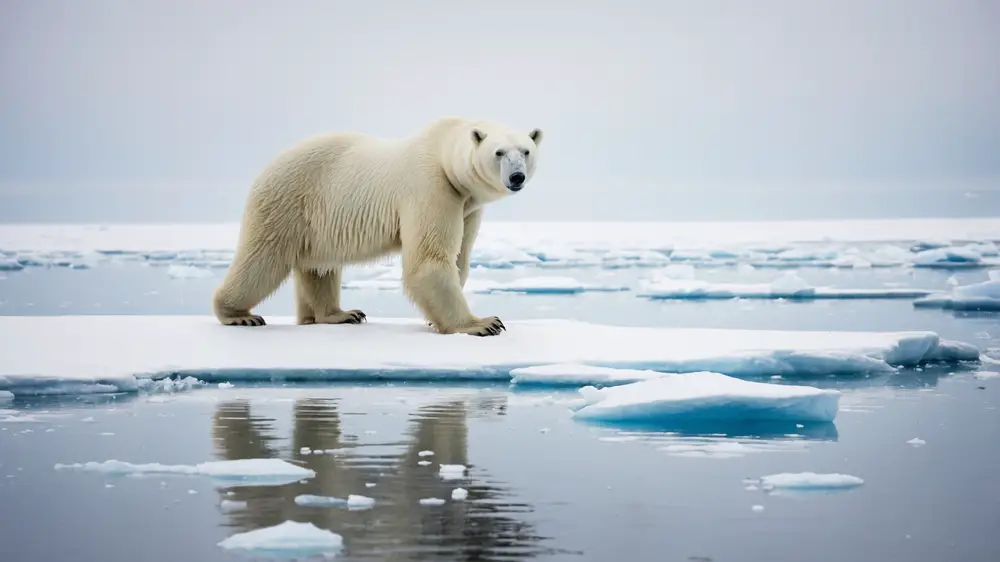
As sea ice continues to disappear due to rising temperatures, polar bears are being forced to find new ways to survive. Traditionally, these majestic predators relied on sea ice to hunt seals, but with less ice, they’re spending more time on land. Onshore, they’ve started scavenging for food in human settlements, including garbage and discarded fish. While this behavior is risky, it reflects their ability to adapt to dwindling resources.
In addition, polar bears have become more adept at swimming, often traveling for days across open water to find suitable hunting grounds or stable ice. This level of endurance and resilience is remarkable, but it also highlights the immense strain climate change places on these animals. Their struggle is a stark reminder of how some species are being pushed to their limits to adapt to a warming planet. Yet, their willingness to innovate and survive speaks volumes about their instinct to endure.
3. Octopuses: Innovators of the Ocean
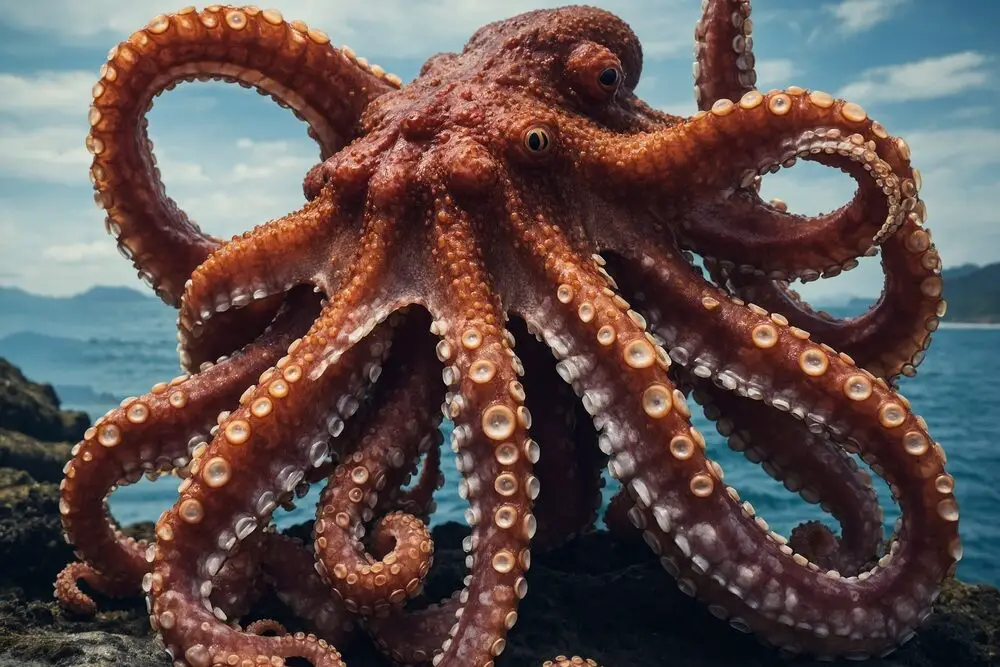
Octopuses, known for their intelligence and problem-solving skills, are adapting to climate change in surprising ways. As warming oceans alter marine ecosystems, these clever creatures are expanding their diets, consuming a broader range of prey than ever before. They’ve even been observed using discarded human items, like bottles and cans, as tools or shelter—a brilliant example of turning trash into treasure.
Some octopus species are moving into shallower, warmer waters to find new hunting grounds and avoid areas where traditional prey populations have declined. Their ability to camouflage and adapt their behaviors makes them one of the ocean’s most flexible survivors. By altering their feeding and habitat preferences, octopuses are proving that they can keep up with the changing tides of their environment.
4. Pigeons: Reinventing the Ordinary
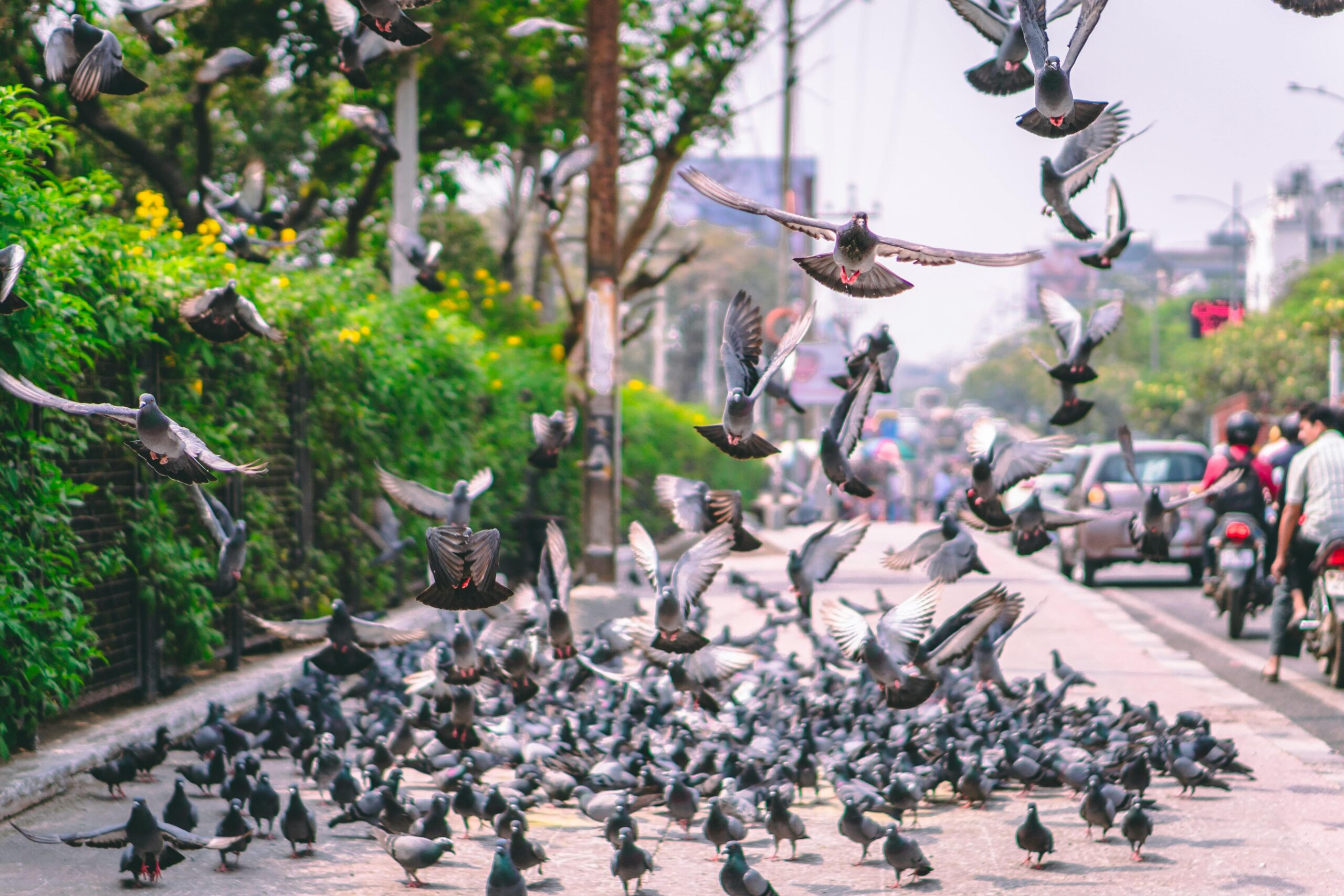
Pigeons may seem like ordinary city birds, but they’re quietly evolving to master urban life. Once limited to rocky cliffs, they’ve adapted to live among skyscrapers and busy streets. These resourceful birds have become experts at finding food, feasting on everything from breadcrumbs to discarded fast food.
What’s truly fascinating is how pigeons have developed strategies to avoid predators and navigate the chaos of city life. They’ve been observed using reflective surfaces like car windows to spot approaching dangers. In addition, they’ve adapted to extreme heat by roosting on shaded ledges and drinking from man-made water sources like fountains. Their success in urban environments proves that even the most overlooked creatures can find innovative ways to thrive.
5. Grizzly Bears: Shifting Diets for Survival
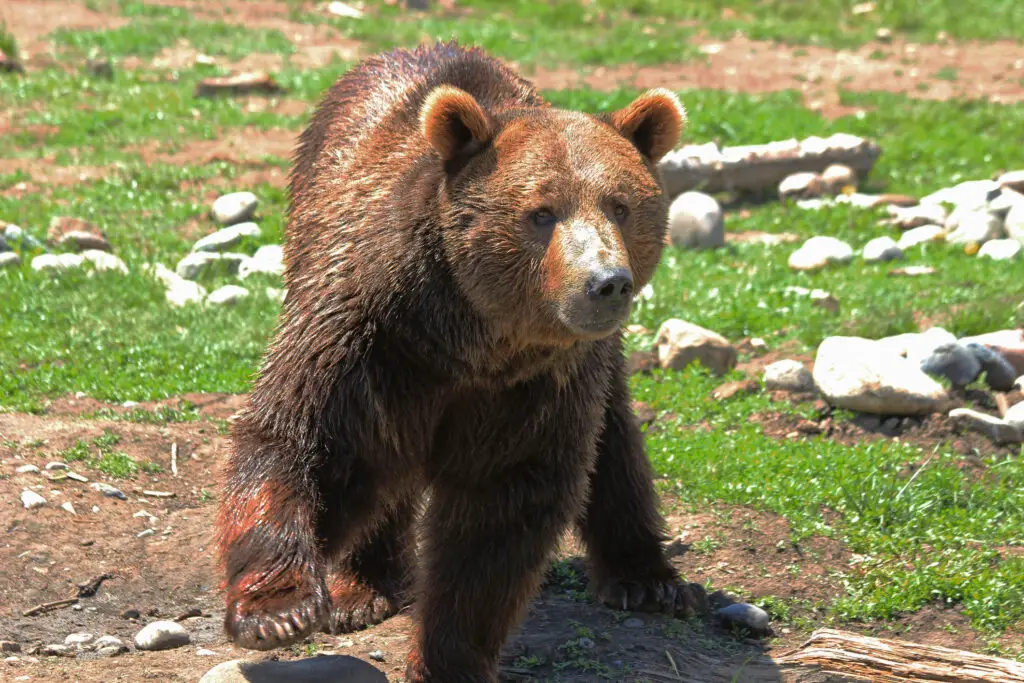
Grizzly bears, long considered apex predators, are becoming more flexible with their diets as warming temperatures disrupt ecosystems. These powerful animals are now consuming more plants and berries than ever before, compensating for the decline in fish and other traditional food sources. This shift is particularly evident in higher elevations, where grizzlies follow plant blooms to cooler mountain regions.
This diet change isn’t just about nutrition—it’s also helping them avoid areas with increased human activity. By altering their habits and food preferences, grizzly bears are finding ways to coexist with the changes happening around them. It’s a testament to their adaptability, even in the face of profound environmental upheaval.
6. Coyotes: The Ultimate Survivors
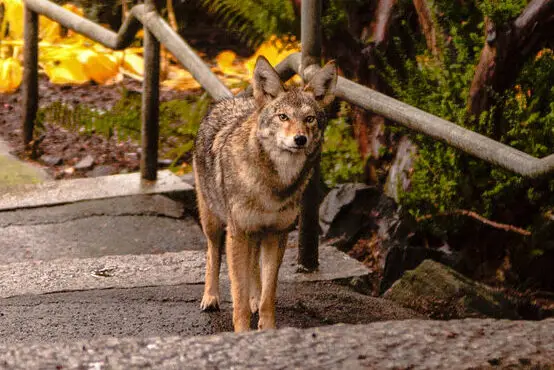
Coyotes are nature’s definition of resilience. These adaptable canines are now thriving in areas far beyond their original habitats, from tropical regions to bustling urban centers. Unlike many animals, coyotes are highly opportunistic, willing to eat almost anything, from rodents to leftover pizza crusts.
What sets coyotes apart is their ability to learn and adapt quickly. They’ve figured out how to avoid human traps, navigate urban traffic, and even communicate with one another to strategize hunts. Coyotes are a perfect example of how animals can turn challenges into opportunities, making them one of the most successful species in a changing world.
7. Sea Turtles: Relocating for Balance
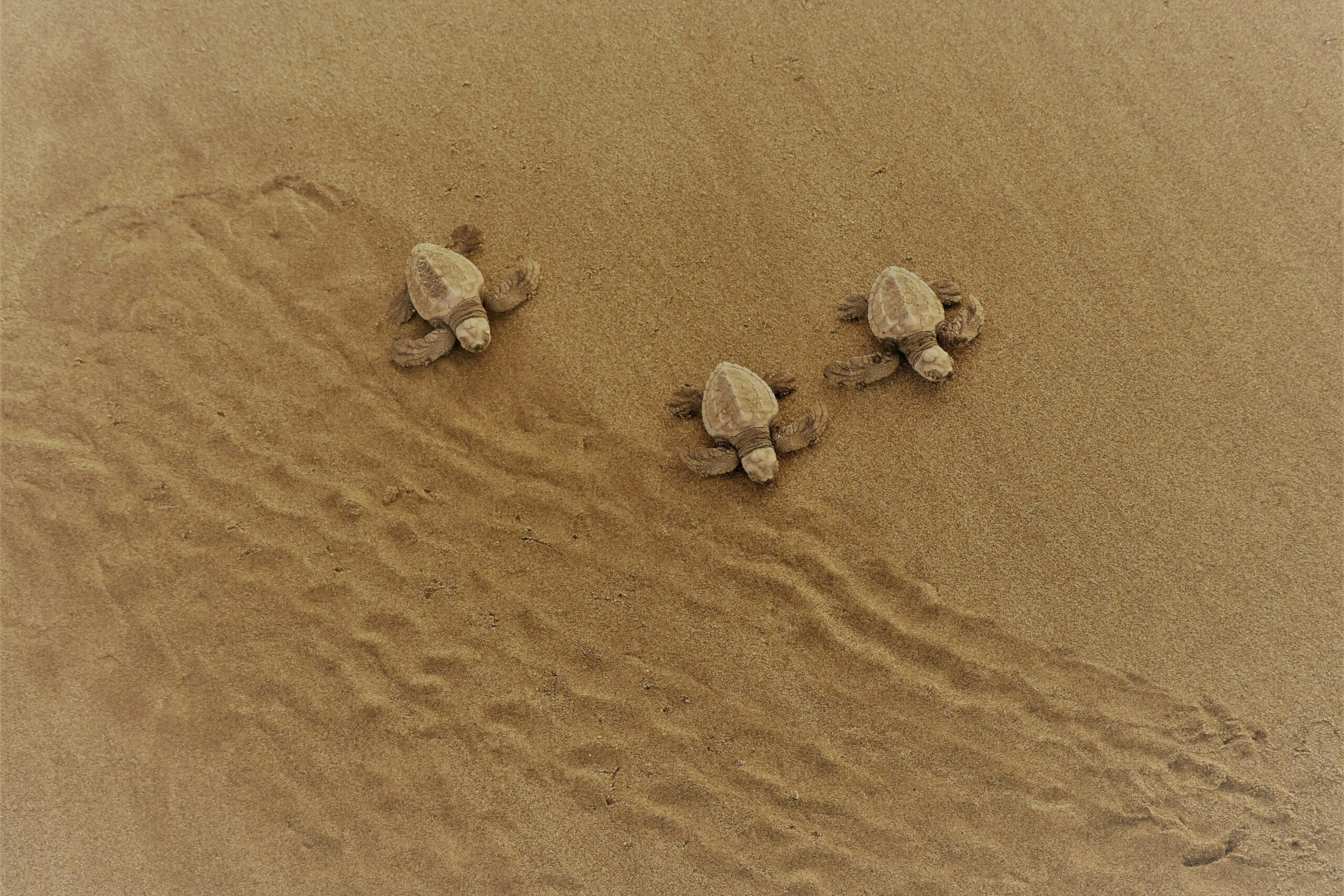
Climate change is pushing sea turtles to adapt in ways scientists are only beginning to understand. On warming beaches, sand temperatures are affecting the gender of hatchlings, with higher temperatures leading to more females. To combat this, turtles are nesting on cooler beaches, ensuring a better balance of males and females in their populations.
Additionally, shifting ocean currents have altered their migration routes, forcing sea turtles to travel farther to find food. These long journeys highlight their incredible endurance and adaptability. Even in the face of such drastic changes, sea turtles continue to find ways to ensure their survival.
8. Elephants: Battling the Heat
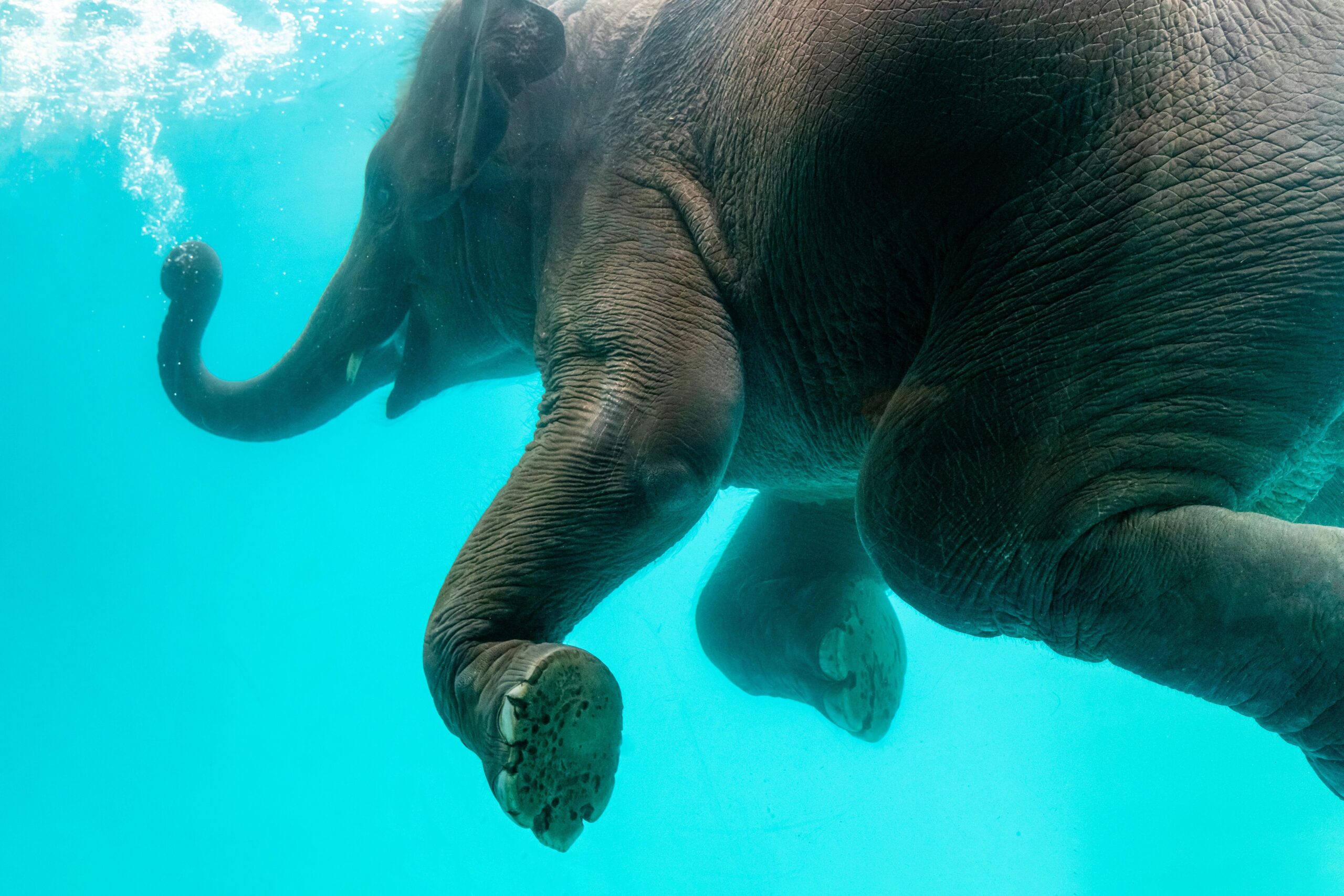
With rising temperatures, elephants are finding new ways to cope with the heat. These intelligent giants are spending more time near water, bathing and coating themselves in mud to cool down and protect their skin from the sun. They’ve also been observed expanding their diets to include less traditional food sources, ensuring they get the nutrition they need even in harsher conditions.
Elephants are also adjusting their migration patterns, moving to areas with more reliable water sources during dry seasons. This ability to adapt to changing landscapes is a testament to their intelligence and resilience. Their determination to thrive in a changing world is both inspiring and humbling.
9. Coral Reefs: Fighting Back Against Bleaching
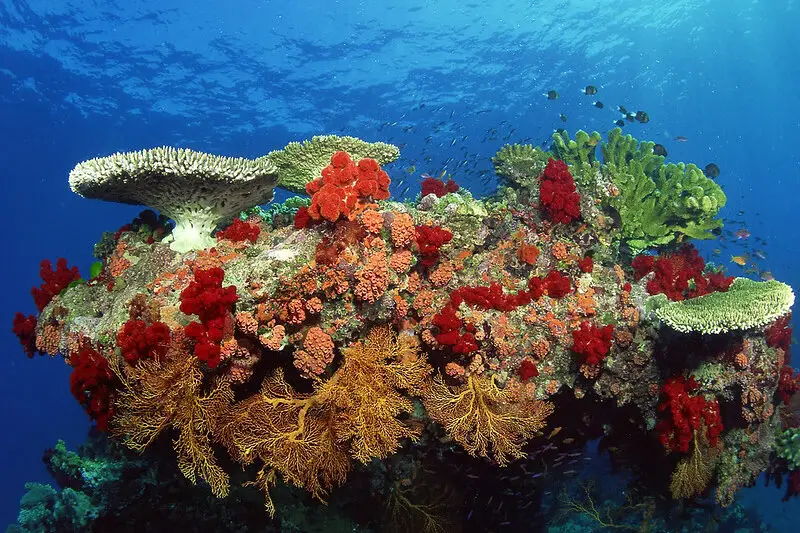
Coral reefs, often called the “rainforests of the sea,” are some of the most vulnerable ecosystems on the planet. Rising ocean temperatures and increased acidification have led to widespread coral bleaching, a phenomenon where corals lose their vibrant colors and essential algae. But in an incredible twist of nature, some corals are starting to adapt. Certain species are evolving to survive in warmer waters by hosting heat-resistant algae in their tissues.
Additionally, corals are migrating to cooler regions, expanding into deeper waters where temperatures are less extreme. This movement is groundbreaking, as corals traditionally thrive in shallow, sunny waters. Their ability to partner with more robust algae and adjust their habitats shows an extraordinary will to survive. While the challenges are immense, these tiny organisms are proving they’re not giving up without a fight.
10. Honeybees: Changing Their Buzz to Survive
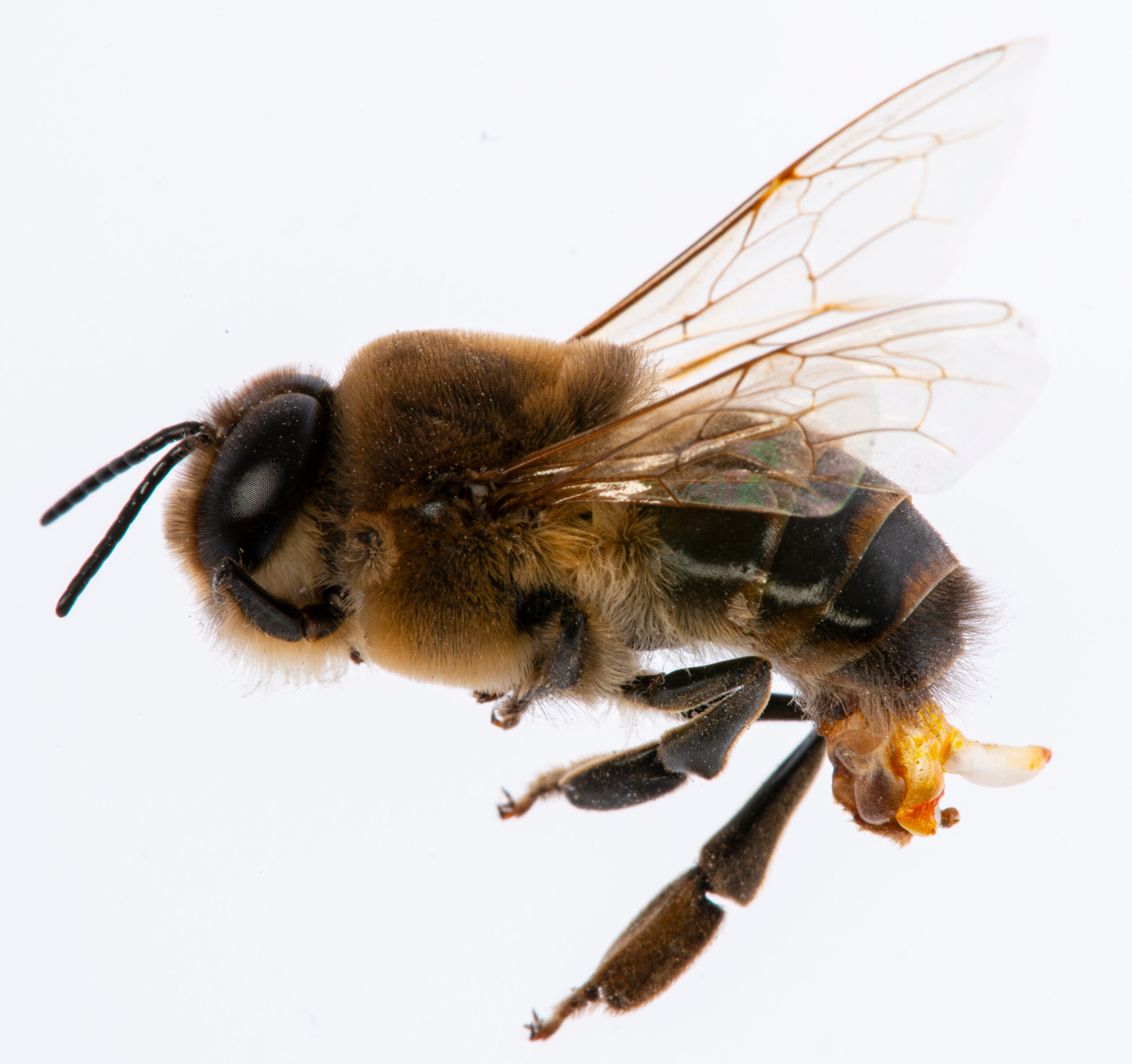
Honeybees are critical to global food production, but they’ve faced massive threats from climate change, habitat loss, and pesticides. Despite these challenges, honeybees are adapting in fascinating ways. For instance, some bee populations are shifting their foraging schedules to early morning or late evening to avoid extreme heat. This simple adjustment ensures they can collect nectar without overheating.
Bees are also evolving their diets to include a wider range of plants as traditional flowers bloom earlier or disappear altogether. In urban areas, they’re making the most of rooftop gardens and city parks, showing remarkable resilience in unconventional environments. Their survival strategies highlight their importance to ecosystems and their ability to adapt to an unpredictable world.
11. Mountain Goats: Scaling New Heights
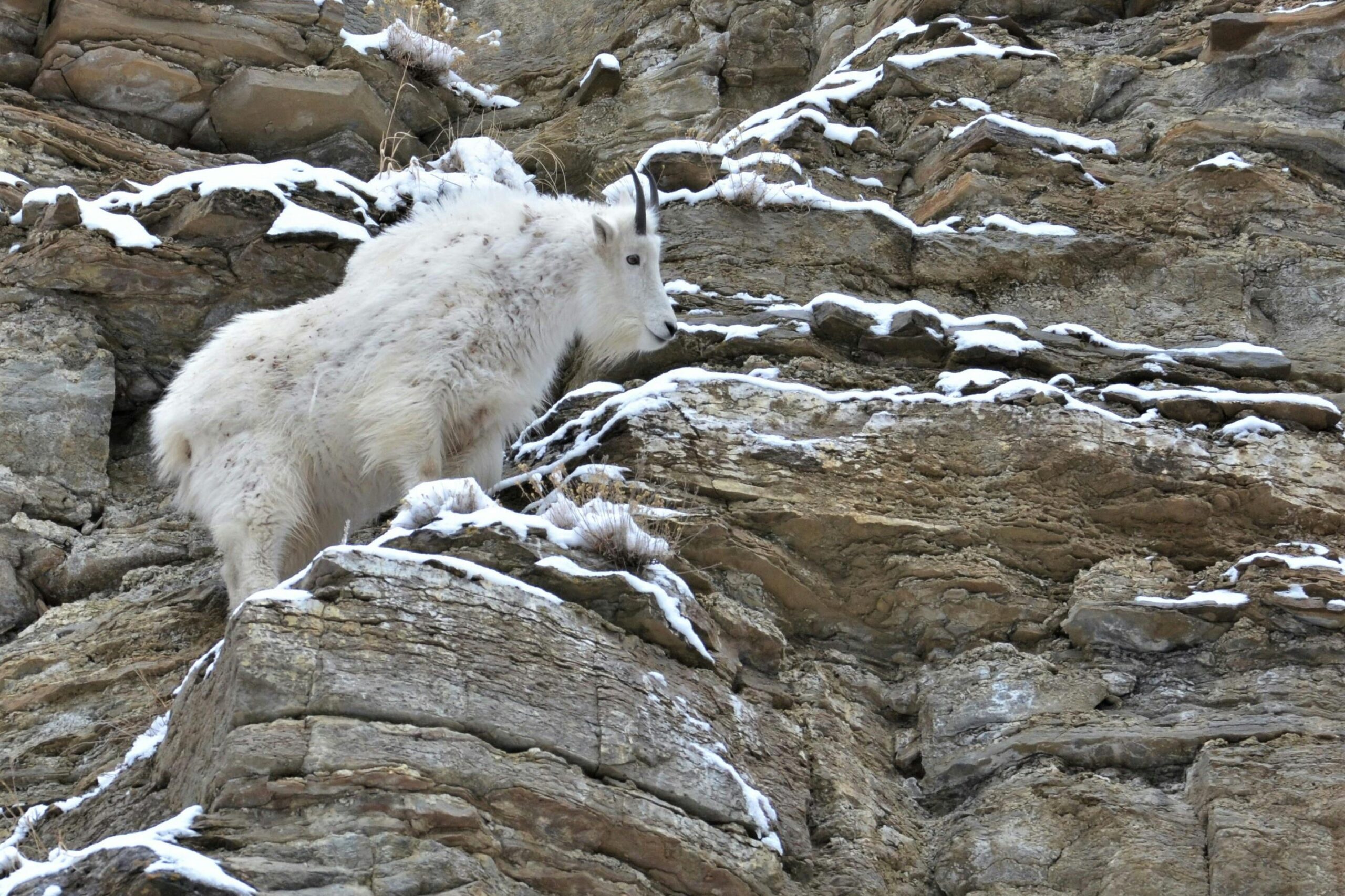
Mountain goats, known for their incredible climbing skills, are adapting to warming climates by moving to even higher elevations. As temperatures rise, their preferred alpine environments are shrinking, but these resilient animals are seeking refuge in cooler, less accessible regions. By climbing higher, they’re avoiding competition for food and predators that can’t follow them.
In addition to their impressive agility, mountain goats are expanding their diets to include plants that grow in harsher, rocky conditions. This dietary flexibility ensures they can sustain themselves even as their traditional food sources diminish. These adaptations are a testament to their ability to push the boundaries of survival, quite literally, to new heights.
12. Orcas: Rethinking Hunting Strategies
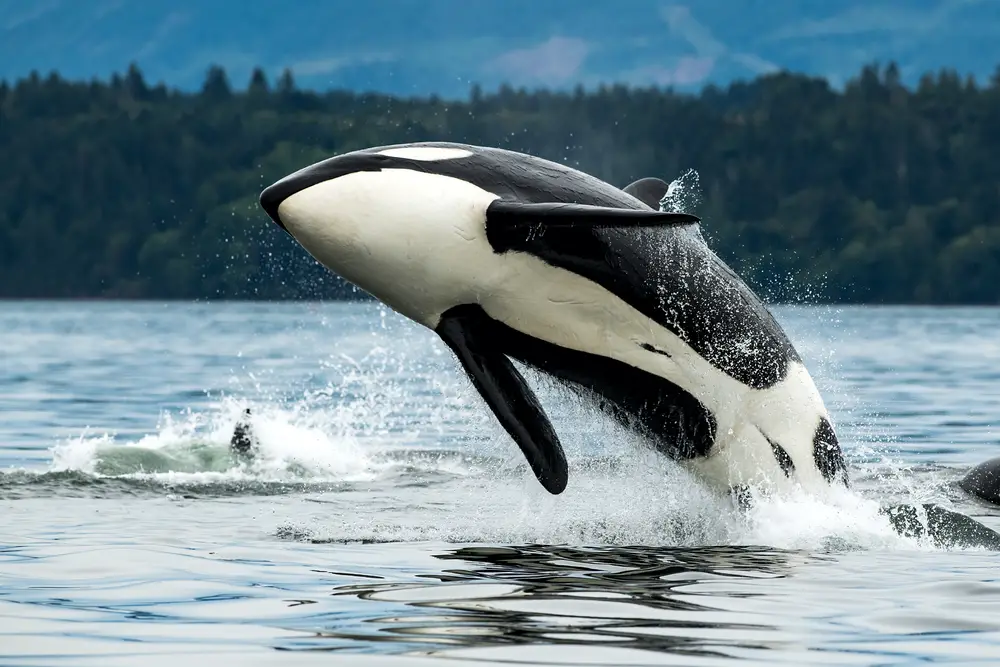
Orcas, or killer whales, are among the ocean’s top predators, but even they are feeling the effects of a changing planet. As fish populations shift due to warming waters, orcas are altering their hunting strategies to include new prey. In some areas, they’ve started targeting seals and even other marine mammals more frequently. This behavior is a significant departure from their traditional diet, but it’s helping them stay fed in changing oceans.
Orcas are also adapting their migration patterns, traveling farther or lingering in areas with abundant food sources. This adaptability is remarkable for such large, specialized predators. Their intelligence and ability to innovate make them one of the ocean’s most resourceful species in the face of climate change.
13. Butterflies: Following the Bloom
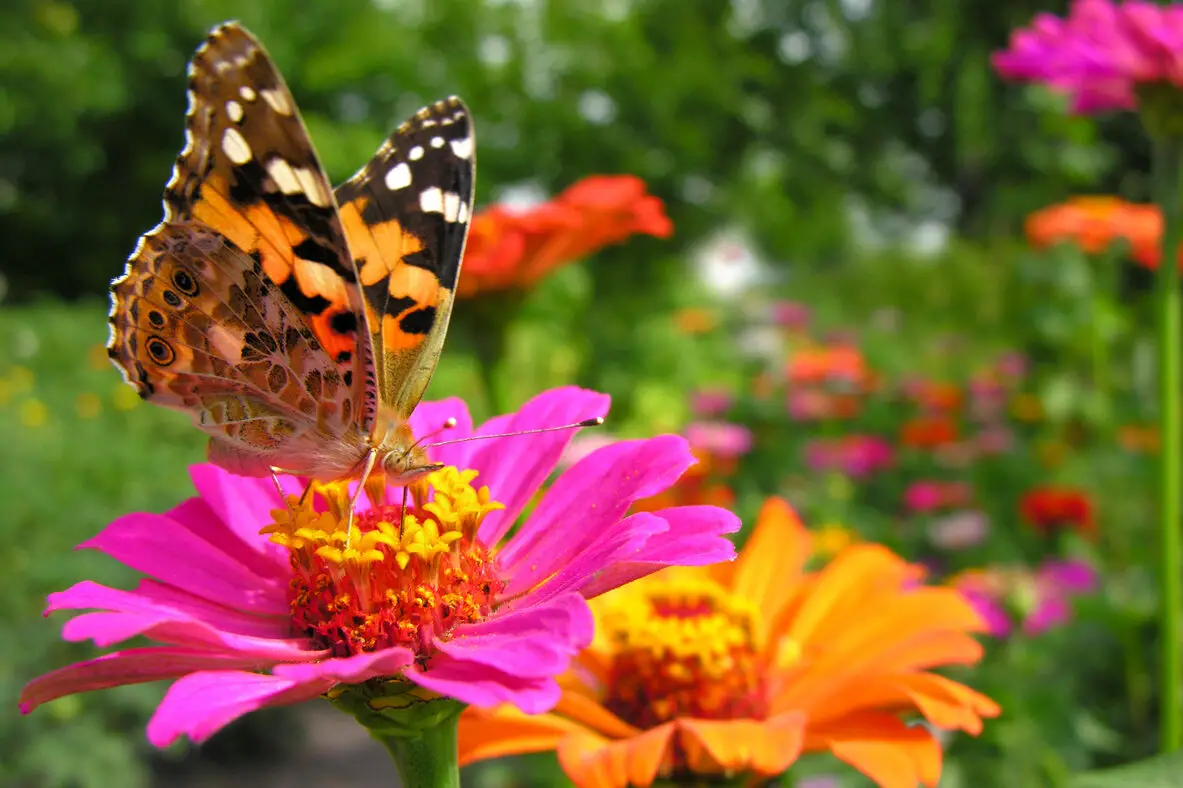
Butterflies, with their delicate wings and vibrant colors, might seem fragile, but they’re proving to be surprisingly adaptable. As temperatures rise, many species are shifting their habitats northward to cooler regions. Some butterflies are also altering their migration patterns, traveling earlier or later in the season to match the timing of flower blooms.
In addition to changing their routes, butterflies are expanding their diet to include a broader range of nectar sources. This flexibility allows them to survive in environments where traditional plants are no longer abundant. Their graceful adjustments serve as a reminder of nature’s resilience, even in the smallest of creatures.


